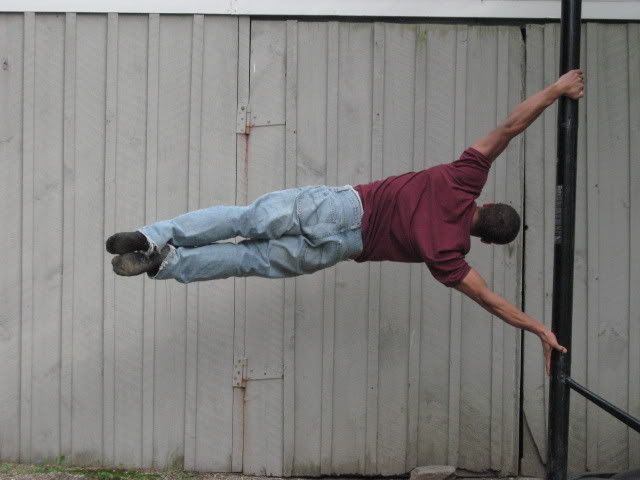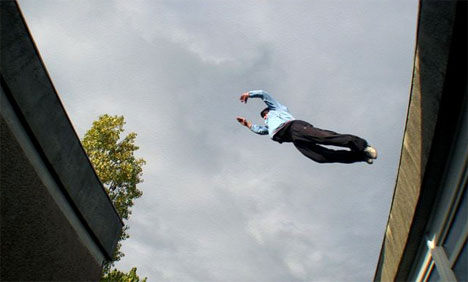There is one thing that comes with fitness and that would be making your body tougher. There's a certain kind of fitness that makes you much tougher than regular old boring fitness. A time required task, with proper training and a good number of days spent being sore in weird areas of the body, you can get there.
This is a large topic to cover. I have a lot to talk about. But to begin with, we each have our own methods of empowering our bodies to resist what we want them to resist. It can go from being tough enough to handle a punch or two from a school yard bully, to being able to break a stack of bricks with your hand.
Now, there is pain involved in becoming stronger and resilient to forms of pain and force that you want to avoid. The human body rather incredibly can handle a number of horrendous things with proper training and by the abuse it's put through, it strengthens itself and lasts even longer than if you do nothing to it.
Now why is that? When something rebuilds itself, by courtesy of creation, makes itself even better and stronger. It's like when you remodel a house that's filled with press-board and hideous furniture and you fill it with wood, granite counter tops, and leather furniture.
It's a lot like a home really. In fact, your body is a home. The housing of your soul and spirit is something you want to take care of, but you can abuse it properly and call that a form of care. It's like gutting a home and filling it with strong lasting materials. You hurt for a while, and things become depleted, but they toughen up every time they don't hurt anymore.
Now I'll tell you why I say things when I refer to becoming tougher. When you become tougher, it's not just your muscle mass and density as such. Your joints, feet and palm padding, bones, muscles, and tendons all become harder, thicker, and stronger.
Simply enough, you cannot achieve so desired "toughness" by just, exercising. You have a required style of physical exertion to incorporate into your exercise if you want to develop a shock resistant body that can offer any desired and controlled force as well.
So, to be tough and build muscle at the same time, you can choose the form of exercise that gives that to you, or you could choose multiple forms which would offer it.
Now as you know, martial arts is excellent to do to become tough. What if you want to be one of those super tough people that can fight and stand on their thumbs?
Hardening your bones starts with a series of options. Weight lifting hardens everything, but what I've discovered does as well and does an incredible job at that is body weight training. Repetitive motion from plyometric push ups hardens your rib cage, turtle freezes and elbow levers toughen your stomach, bar workouts give you a wall of muscle on your stomach, and there's so much.
Body weight I can tell you gives you strong, flexible, bones that are very hard. Weight lifting gives you strong hard bones that are thicker and more powerful. Combined together, it causes your bone and muscle structure to remain in a state to where you body can easily lift itself, but is also dense and hard enough to remain steady and strong to support your weight and much more.
On top of this, you will also have the power to offer immense force in any shape fashion or form if you combine strength training with explosive exercises. You have the force of a low geared truck, but the speed of a jet fighter with this kind of combination, and if your physic is strong enough to deal with that kind of power, it's tough enough to receive what you need it to.
-The Fitness Cookie






























